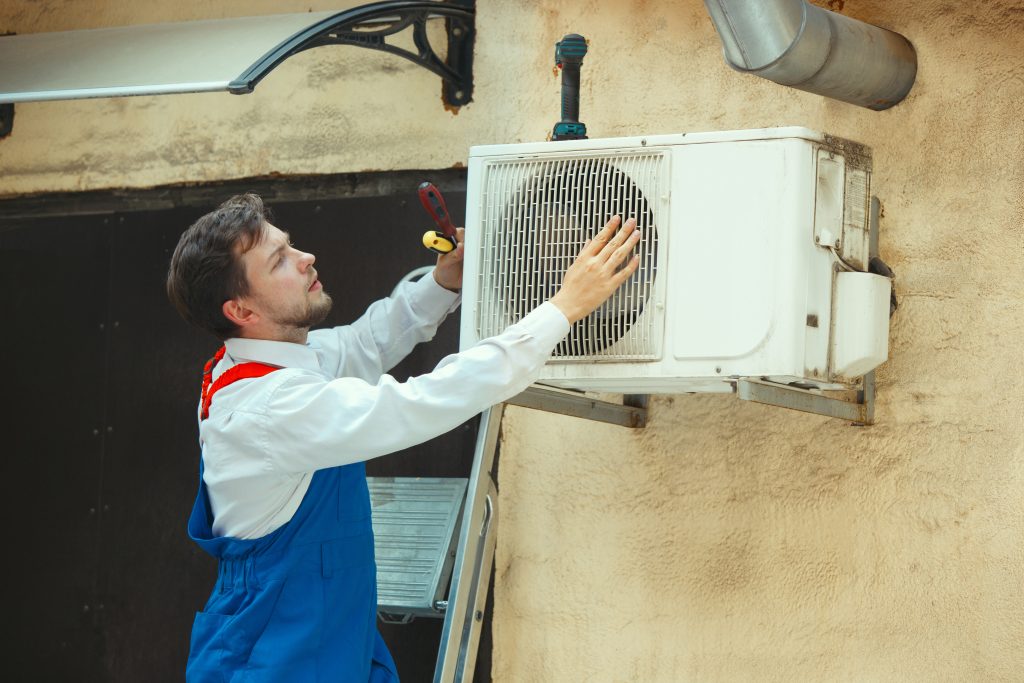The concept of “bigger is better” does not hold true when it comes to central air conditioning systems. Among the plethora of inefficient, misguided, and downright wasteful suggestions out there, purchasing an oversized air conditioner stands out as the worst advice for air conditioning.
While it’s sensible to apply the “bigger is better” principle to events like Thanksgiving dinners or when choosing clothing sizes, it doesn’t translate well to air conditioning systems.
This advice particularly frustrates air conditioning service providers on two fronts: Firstly, if customers opt for oversized units, they often end up spending more money than necessary. Some unscrupulous companies may even push oversized units solely to boost their profits, rather than considering the long-term satisfaction of their customers.
Whether individuals install oversized units themselves or inherit them in a new home, several negative consequences typically follow:
- Rapid cooling followed by quick shutdowns, known as short cycling, which is inefficient compared to properly sized units that run continuously.
- Increased indoor humidity due to inadequate moisture condensation, leading to discomfort and potentially health issues.
- Compromised indoor air quality, as excess humidity fosters mold and bacteria growth, exacerbating respiratory problems.
- Higher operating costs, as oversized units consume more electricity with their frequent cycling.
- Reduced lifespan compared to properly sized units, as short cycling strains components.
- Increased noise levels, as larger units often overpower ducts and grilles designed for smaller systems, resulting in rattling and noise.
In essence, while a bigger air conditioner may seem like a good idea for quick cooling, it often leads to a range of problems and inefficiencies in the long run.

